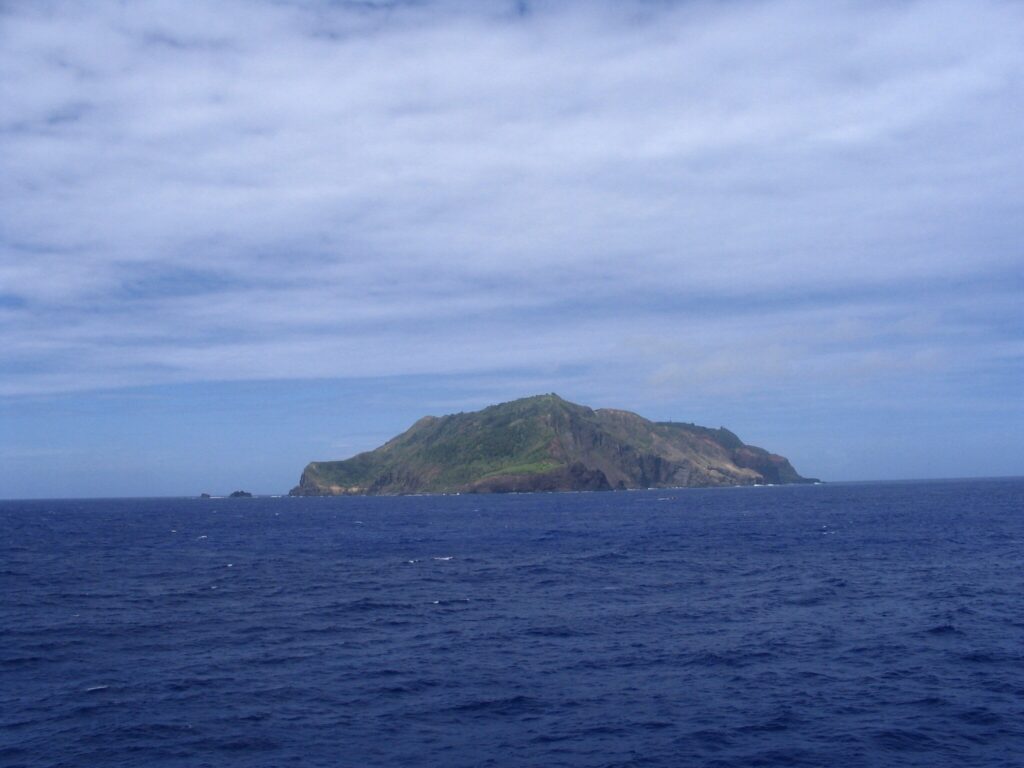
Location: South Pacific Ocean (British Overseas Territory)
Population: ~50 people
Claim to Fame: The final home of the HMS Bounty mutineers
Pitcairn Island is one of the world’s most isolated inhabited islands, with a history as dramatic as any Hollywood film. This tiny volcanic island, measuring just 4.6 square kilometers, became the refuge of the infamous HMS Bounty mutineers after they overthrew their captain and fled British justice in 1789. Their attempt to build a new life on Pitcairn led to murder, betrayal, and a struggle for survival—a legacy that still shapes the island’s tiny community today.
The Mutiny on the Bounty: A Rebellion at Sea
In 1787, the HMS Bounty, a British Royal Navy ship, set sail for the Pacific under Captain William Bligh. Its mission: to transport breadfruit plants from Tahiti to the Caribbean as a cheap food source for enslaved people. However, after months in Tahiti, many of the sailors became attached to island life—and some even took local wives.
On April 28, 1789, Fletcher Christian, the ship’s first mate, led a mutiny against Captain Bligh, forcing him and 18 loyal crew members onto a small launch boat. Against all odds, Bligh navigated 3,600 miles across open ocean to safety, eventually reporting the mutiny to British authorities. Meanwhile, Christian and the mutineers, now fugitives, sought a remote island where they could hide forever.
The Mutineers Find Pitcairn
After briefly returning to Tahiti and taking local women and men with them, Christian and eight mutineers, along with six Polynesian men and twelve Polynesian women, set sail in search of a new home. In January 1790, they found Pitcairn Island—a tiny, uncharted island that was perfect for hiding.
To ensure that no one could track them down, they burned the Bounty, sinking the ship in Bounty Bay, where its remains still lie today.
Violence, Death, and the Collapse of the Mutineers
What seemed like paradise quickly turned into a nightmare. The mutineers enslaved and mistreated the Polynesian men, leading to violent conflicts. Within a few years, most of the mutineers had been murdered or died under mysterious circumstances. Fletcher Christian himself was allegedly killed, though his fate remains uncertain.
By 1800, only one mutineer remained alive—John Adams, along with a handful of women and children. Adams took control of the island, teaching Christianity and moral discipline to the remaining survivors. When the British finally rediscovered Pitcairn in 1808, they chose not to arrest Adams, as he had transformed the community into a peaceful settlement.
Modern Pitcairn: A Tiny, Isolated Society
Today, Pitcairn is home to only about 50 residents, all of whom are descendants of the mutineers and their Polynesian wives. The island has no airport, and the only way to reach it is via a supply ship from New Zealand, which arrives just a few times a year.
The islanders still rely on subsistence farming, fishing, and trade. They have their own unique dialect, which blends 18th-century English and Tahitian influences.
However, life on Pitcairn has not been without controversy. In the early 2000s, the island was rocked by a major sexual abuse scandal, leading to the trial and conviction of several men, including members of the local government. The scandal nearly destroyed the island’s reputation and threatened its survival as a functioning community.
Today, the British government continues to support Pitcairn, offering land and incentives for new residents to move there, though few have taken up the offer.
Leave a Reply